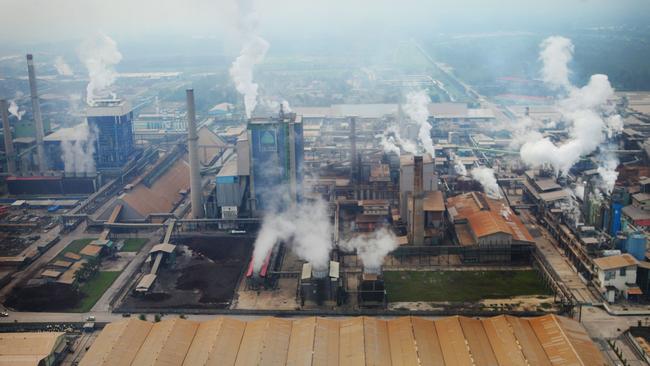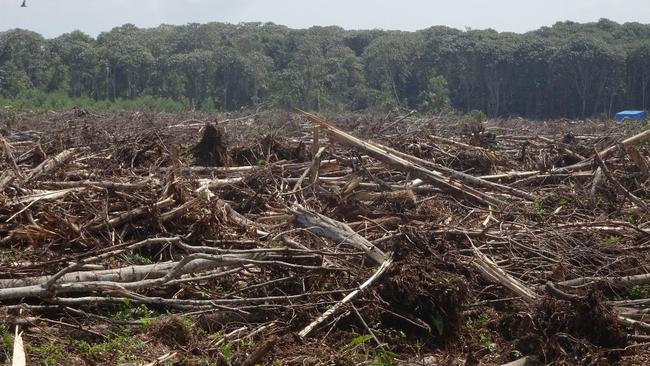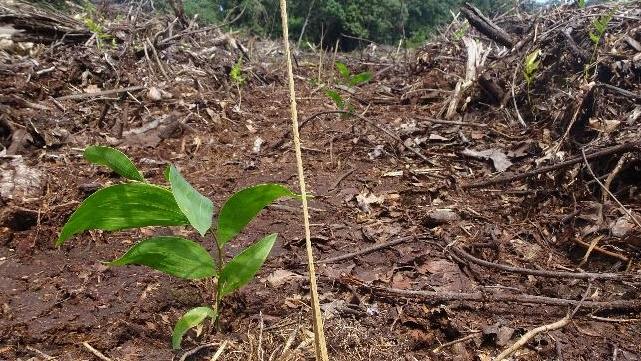Maryvale closure costs Victoria $680m: Indonesian and Chinese imports to surge
Relying on Indonesia and China for all our copy paper shifts the environmental cost offshore, as images of cleared rainforests show.

The closure of Australia’s last copy paper manufacturer at Maryvale will deliver a $680 million hit to the Victorian economy, as printers, government departments and office workers scramble to source supplies from Indonesia and China.
IndustryEdge timber and paper trade consultant Tim Woods said ABS data shows the Opal Australian Paper mill’s 255,000 tonnes of homegrown copy and other white paper had a free on board value of $400m.
But he said the flow-on effect would be at least 1.7 times the paper’s value, lifting the impact on the wider economy closer to $680m.
Mr Woods said becoming totally “reliant on over-the-horizon procurement” from Indonesia and China for all Australia’s copy paper also posed major risks to the economy in the wake of supply disruptions, as occurred during Covid-19.
He said Australia’s three paper manufacturing plants were built after World War One as a security measure to minimise the risk of disruptions to communications, via paper.
Mr Woods said it would only take a major digital outage for paper to once again be critical to Australia’s communications.
“When a country becomes entirely reliant on imports then it loses the ability to secure supply and becomes a price taker,” he said.
Opal was forced to close the mill after legal action by environment groups against key pulp log supplier VicForests led to the Supreme Court to issue orders that brought harvesting to a halt last November.
Timber contractors have repeatedly argued green groups’ push to end highly regulated native forest logging in Australia, would mean importing paper and timber from countries with far poorer environmental standards.
Last August the Eyes on the Forest environment group published a report alleging the Asia Pulp & Paper Sinar Mas Group “cleared natural vegetation in HCV 1 (high conservation Value) areas of Sumatran elephant habitat and UNESCO reserve and planted acacia seedlings even in areas that were outside the licensed concession area”.


The company responded by stating that while “EoF correctly identifies the area being designated as HCV … but neglects to mention that silviculture is permitted in such areas if the value and function of the HCV is not impaired”.
Growing demand for paper from Indonesian and Chinese companies has fuelled years of land clearing operations, according to Eyes on the Forest reports.
At the same time Australia’s paper imports have soared from $2.6 billion worth of paper and paperboard in 2011 to $3.8 billion in 2022.




